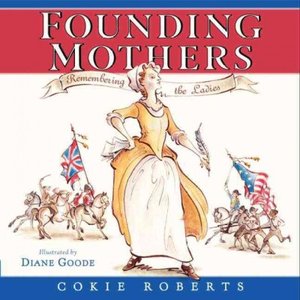Today's pick
 |
The Most Perfect Spot,
A most perfect picture book. |
The Most Perfect Spot
Written and illustrated by
Diane Goode
Harper Collins, 2006, Fiction
K-3, Reading Level 2.7
Themes:
Cause & Effect, Humor, Pets
Opening:
"One sunny morning, Jack made his mamma breakfast in bed, and a card that said, '
I know the most perfect spot for a picnic.'
So Mama put on her very best hat and they set off for Prospect Park."
Synopsis:
So begins an eventful day in the lives of Jack and Mama, but not the day Jack has planned. Despite the best intentions, the pair are forced from one one calamity to the next, "who knows why?" Readers do, as they follow the illustrated antics of a stray dog in the background of every scene. Jack eventually finds the perfect spot with a delightful twist.
What I Love:
Diane Goode has 55 books (and counting), and I know I've
reviewed her work before, but I couldn't resist introducing you to this gem. Writers should give this book a close examination. It has the perfect (pardon the pun) balance of text and art. The secondary story, which takes place only in the illustrations, turns out to be central to the main story line. My kids love anticipating what will happen next from the clues in the artwork which often appear right before the page turn. They squeal when the text repeatedly says, "who knows why." They practically shout, "I do!" Readers love to predict the outcomes in this way, and that's what this sweet, simple tale is about. This story has a great "button," or ending after the ending.
Bonus:
 |
| Support the SPCA in the Philadelphia area. |
1. Why not plan your own picnic, indoors or out, depending on the weather?
2. Get your readers to volunteer at a local animal shelter. Pets there always need a walk or a little TLC. Too young? Sponsor a drive for supplies: food, towels, toys, newspapers. Phone the shelter in your area for their specific wish-list.
3. Do a little research into the setting for this book. Read about the history of
Prospect Park, Brooklyn, the fashions, or automobiles in the early 20th century. Visit a museum to see history first-hand.
4. Play a game of
consequences or stretch your students' story-telling ability by suggesting a story starter and taking turns adding a calamity/ escape plan. Write down all the twists and turns. You can even try illustrating it!
Check out all the recommended titles for Perfect Picture Book Friday for
October 11, 2013.
Thanks to
Susanna Leonard Hill.



























